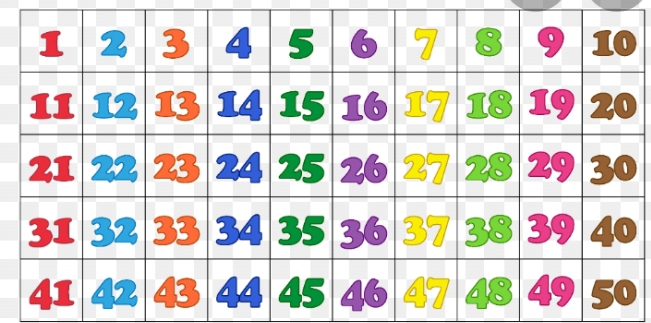First Term Lesson Note for Week Five
Class : Primary Five
Subject : Social Studies
Topic : Our Culture (Elements of Culture)
Duration : 40 Minutes
Period : Single Period
Reference Book :
Social Studies for Primary Schools, Book 5
Lagos State Unified schemes of work for Upper Primary, (Primary 4 – 6).
Online Resources
Instructional Material : Chart showing meaning of culture and the elements of culture.
Learning Objectives : By the end of the lesson learners will be able to
i. What is culture
ii. Types of culture
iii. Element of culture
iv. Identufy the different kinds of cultures
ENTRY BEHAVIOUR/ PREVIOUS LESSON: the students are familiar with marriage.
CONTENT
What is culture?
Culture is the total way of life of a group of people.
Types of culture
There are basically two types of culture. These are :
1. Material culture
2. Non material culture
Elements of culture
- Eating habit
- Dressing mode
- Building style
- Greeting mode
- Language of the people
- Religious practices
- Festivals and ceremonies
- Weapon of war
- Arts and crafts
- Music
- Marriage practice
- Names
- Beliefs and ideas
- customs
WHY WE HAVE DIFFERENT CUSTOMS
Customs are beliefs and traditions of a particular group of people.
1 People come from different places. For example, the Yoruba people of Nigeria are said to have come from Saudi Arabia. They initially settled at Ile Ife and later spread to other places like Abeokuta, Ondo, and Lagos. The Hausa people are said to have come from the central and northern parts of Africa, especially the Sudan area. The Igbo people are said to have come from central Africa through Cameroun. These groups have different customs and traditions because they originated from different forefathers.
2 People live in different areas. For instance, the Igbo live in the eastern part of the country. The Yoruba live in the west and the Hausa in the north. The different places where people live cause differences in their customs, such as the various types of food they eat, and the way they prepare their food. It also affects the way they think, their modes of dressing, their weapons of war and their cooking utensils, among other things.
3 Also, people have different cultures because of the kind of people they interact with and the kind of people who visit them from other lands. For instance, Mary Slessor, a European missionary visited Calabar long ago and did great work there. The people loved her so much that her dress style has become the traditional dress style for most Calabar women.
4 Also, many Europeans visited the Niger Delta area long ago. For this reason, some of the people there bear European names. Many of them love to wear hats along with their traditional dresses. Many of the people there love imported drinks.
5 People practise different cultures also, because of their religious beliefs. If they believe that God should be worshipped in a particular way, they stick to that way and worship him according to what they believe.
Presentation Steps :
Step 1 : Revision of the previous lesson with the learners by asking them questions orally.
Step 2 : Introduces the new topic by defining culture
Step 3 : Identify the types of culture and explains with examples
Step 4 : Mentions some of the elements of culture.
Evaluation :
1. Define Culture
2. Mention the types of culture
3. List five elements of culture
4. Explain any three different culture in Nigeria.
Conclusion : The teacher summarizes the lesson for a better understanding.

